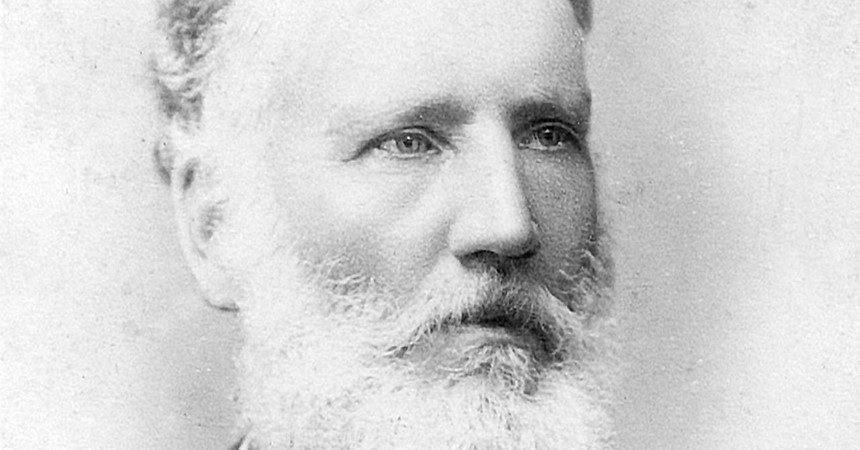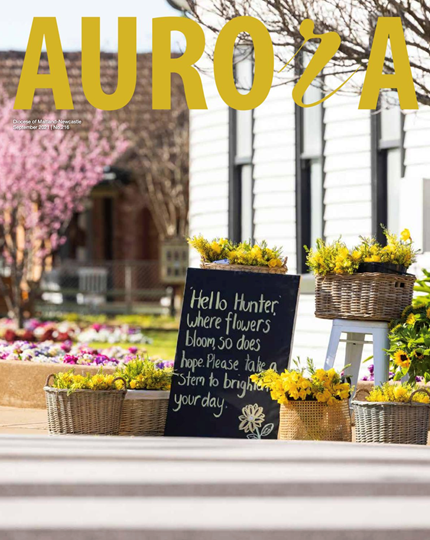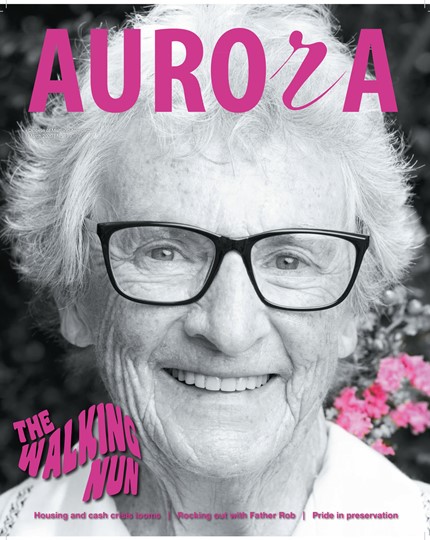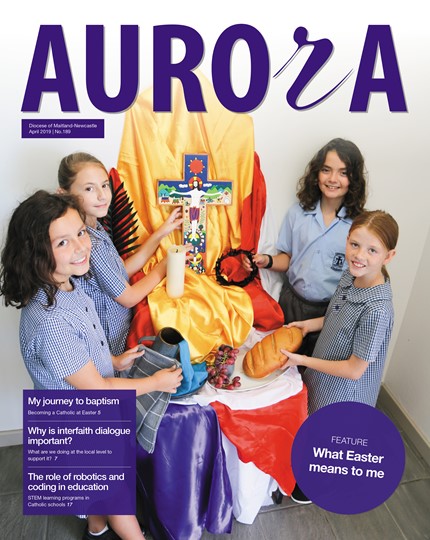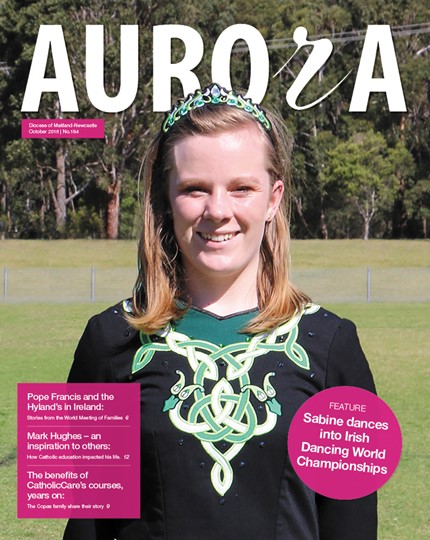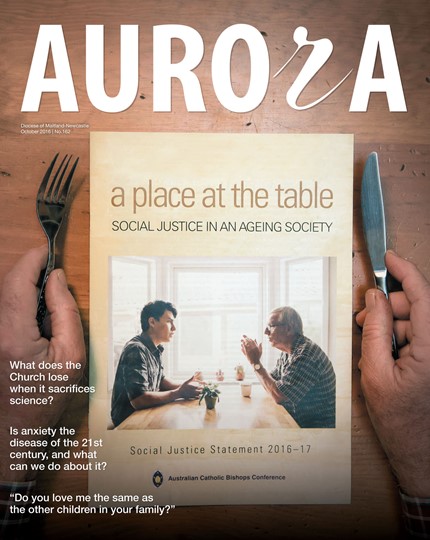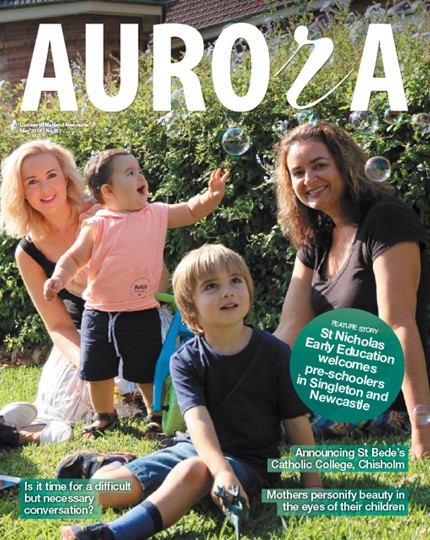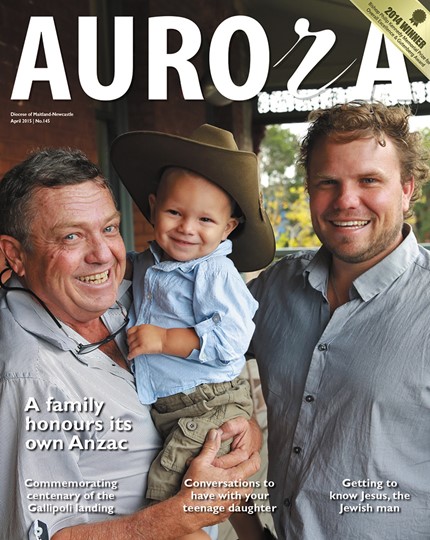And therein lies my family story, from Edmonds to Edmunds to O’Byrne to Dunn.
Five shillings doesn’t sound like a huge sum, but the recorded donor, John Edmonds, was a newly ‘ticket of leave’ convict, a Protestant on arrival in the colony aged 16, and at the time of this donation, married to another newly ‘ticket of leave’ convict, Rosina Smith. These two lives, both presumably forged in dislocation from English roots were both (presumably) attempting to rise above that unforgiving stain, ‘convict’.
John and Rosina were my great, great grandparents.
Rosina at 16 had been transported, noted as Protestant, but in her short time at the Parramatta Female Factory had come into contact with the first five Sisters of Charity beginning their ministry. Records hint that it was here Rosina became a Catholic. From their 1841 marriage onwards, nine of their ten children were baptised at St John’s Maitland, most married at St John’s, one grandson became Fr George O’Byrne, parish priest at Carcoar, and a granddaughter entered the Sisters of Charity. Down the succeeding years my family tree became festooned with teachers in both systems, Catholic and state.
So let’s surmise that this donation constituted one of John and Rosina Edmonds’ early connections, within their means, to the Maitland Catholic community, bringing their growing family into its fold, and maybe gaining some respectability. Records show that John Edmonds in 1846, now with three young children, also donated one shilling to the Irish Relief Fund. A picture emerges for me of John and Rose established, prospering and belonging in Maitland.
For me, the most important fact was that their eldest child, Esther, married Gerald O’Byrne, a newly-arrived Irish free settler. Trained at the Irish National Board of Education in Dublin, he and his brother had responded following connection with John (Dean) Grant during recruiting drives aimed at encouraging both religious and lay to emigrate and take up the challenge of improving education standards in the early Catholic schools. Following the 1866 arrival of James Murray to take up the bishopric of Maitland and the imminent end to financial aid for Catholic schools, a more insistent call was made to Irish and English congregations, resulting in Bishop Murray’s legacy to the Maitland Diocese. For the religious congregations indeed came, striving with sacrifice, wisdom and courage to build lasting foundations of education.
They made a difference, but that’s another story.
Gerald’s unfolding story is yet another, typical for Catholic lay educators of the day.
Gerald had arrived in 1858, and taught within the Catholic system for short periods at Aberglasslyn, then Morpeth in 1861, and, following marriage to Esther Edmunds in St John’s Maitland in 1862, became head master of St Mary’s Cathedral Model School, Sydney. But the writing was on the wall. The end of government financial aid followed closely upon the Public Instruction Act of 1880, giving lay educators little choice but to leave Catholic education. Gerald certainly did. After acting positions within the state system he eventually settled in Wagga, becoming the State Inspector of Schools. Here twelve O’Byrne children were raised, with the third child, George Henry, being my grandfather. Gerald died in Wagga in 1893 aged 63; my only photo is of unknown date, but the family resemblance down the male line is unmistakable.
From Wagga, this son George somehow ended up in Wellington, married Johanna Clements, and their eldest child, Gerald, was my father.
So, skipping over the 100 years from Gerald in Wagga, there I find myself, all of 19 years, fresh from St Joseph’s Teachers College, Sydney, in 1963 the first lay teacher at St Mary’s Erskineville and one of the early wave of lay educators into Catholic schools following the reinstatement of financial aid.
Skip another umpteen years, to my husband, Kevin, and I, retiring from Sydney lives, becoming parishioners of St John Vianney, Morisset, and my accepting an invitation from the Diocese of Maitland-Newcastle to belong to the working group alluded to above. Then that memorable moment − one document − ‘Donors to St John’s Building Fund’ − one entry stood out: John Edmonds – he just had to be my great, great grandfather!
Full circle indeed, from St John’s, Maitland to lay educators, and back to St John’s, Maitland!
If you have any diocesan memorabilia or copies of The Sentinel to donate or offer on loan, please contact the editor.
